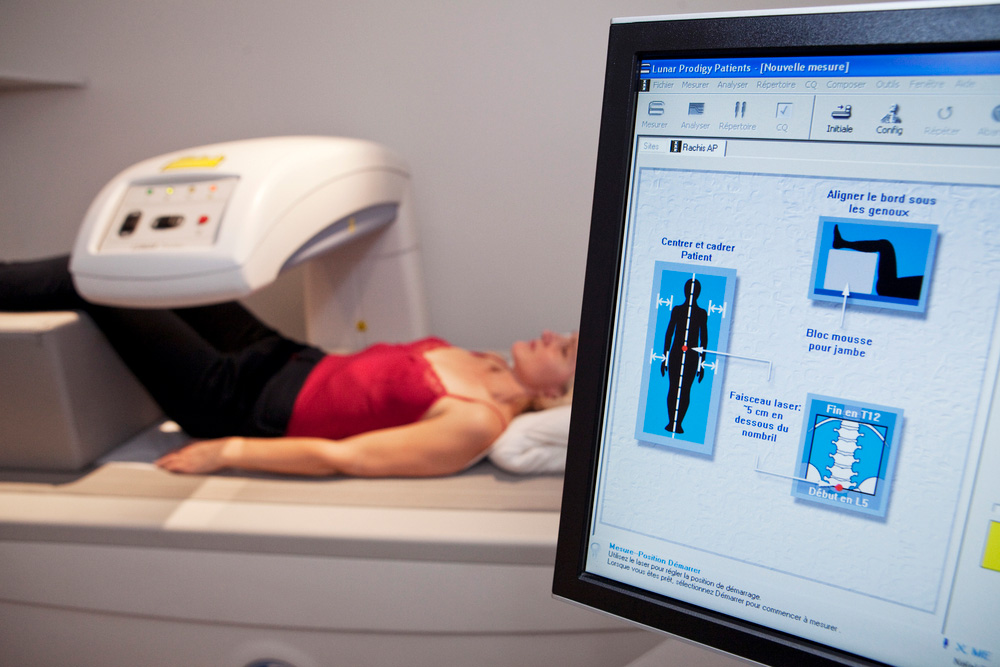
The variables analyzed were: age, age of onset of menopause, smoking and grip strength, body mass index and adiposity assessed by bioelectrical impedance. Physical activity levels were assessed by means the International Physical Activity Questionnaire. Bone mineral density was reported as T-scores, and blood biochemical parameters (calcium, phosphorus, vitamin D and parathormone levels) were measured.
According to the results, 31.3 % of women had dynapenia, and those who were 65 or older had lower handgrip strength. Onset of menopause before the age of 51 years was also associated with lower handgrip strength. In addition, body fat at or above 40 % and osteopenia/osteoporosis were also associated with lower muscle strength. In contrast, there were no statistically significant differences in decreased handgrip strength in relation to body mass index, smoking habits and plasma vitamin D levels.
The authors concluded that decreased handgrip strength is associated with age at onset of menopause, bone mineral density and age-adjusted adiposity. Age and adiposity were significantly associated with an increased risk of dynapenia.
Reference article:
Handgrip strength, dynapenia, and related factors in postmenopausal women
Pascual García-Alfaro, Sandra García, Ignacio Rodríguez, Faustino R Pérez-López.
Menopause 2021 Oct 18. doi: 10.1097/GME.0000000000001872.